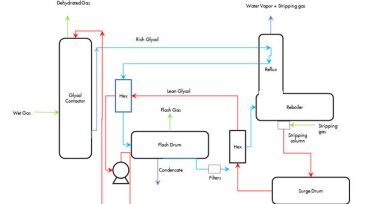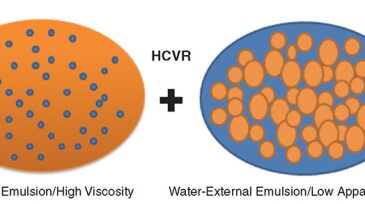corrosion
-
The paper discusses dehydration performance of two units in two plants—with preinhibited glycol/antifoam/pH adjuster blend vs. neat glycol with periodic injection of antifoam and pH-adjuster inhibitors. The insights present an opportunity for significant operating and capital costs reduction.
-
During the dismantling and removal of fire-water-pump columns of superduplex stainless steel barely 1 year after plant startup in a redeveloped brownfield offshore Nigeria severe localized pitting corrosion was observed in the columns. This paper explores the findings and identifies the reasons.
-
A consortium of organizations has set out to tackle one of the more enduring challenges in the North Sea: the nondestructive testing (NDT) of corroded pipes under insulation and engineered temporary pipe wraps.
-
General Electric has launched a subsidiary to develop and sell the use of flying, crawling, and swimming drones for inspections in the oil and gas industry, among others, the company announced.
-
Oil and gas producers in the Gulf of Thailand face unique technical challenges. This review of papers illustrates some of the innovative solutions used in the region.
-
A look at the challenges in creating a foamer with corrosion and scale inhibition properties for application in wet-gas production.
-
Identifying the type of corrosion is the first step in the analysis and prevention of corrosion-related failures. Visual inspection of the pit morphology can provide insights into the type of corrosion that is occurring.
-
This paper describes a novel method of chemical dosage based on time-resolved fluorescence (TRF) that allows a simple, accurate, and efficient quantification of chemicals below parts-per-million ranges, even for double (scale/scale, scale/corrosion) quantification.
-
A study done to find the root cause of coiled tubing string failures in Montney indicated microbial-induced corrosion, leading the CT service provider to create a biocide treatment program.
-
Rigless coiled-tubing-unit (CTU) interventions can be effective in returning to production wells that have lost electrical-submersible-pump (ESP) efficiency because of organic, inorganic, or mixed scale deposits.










